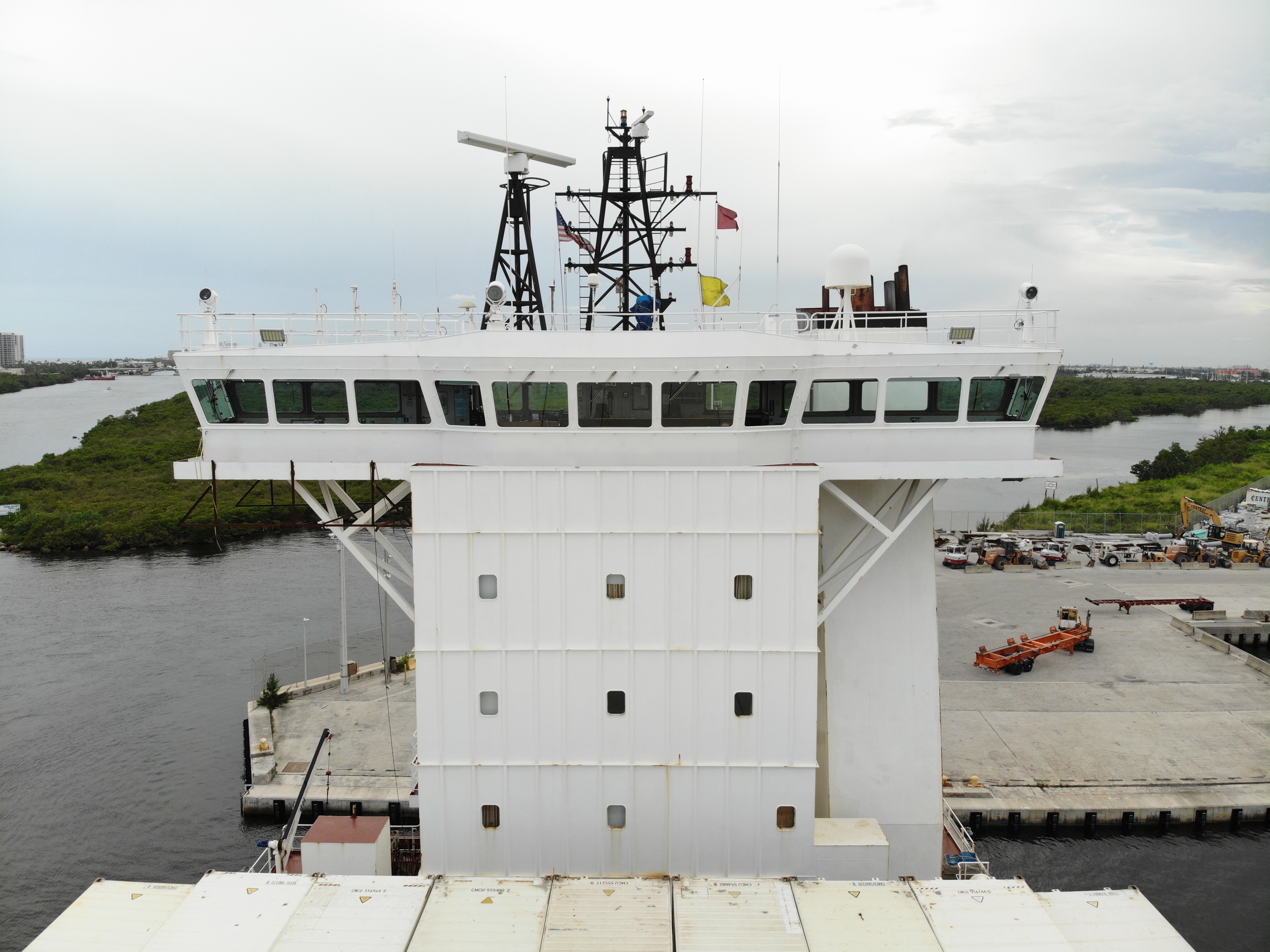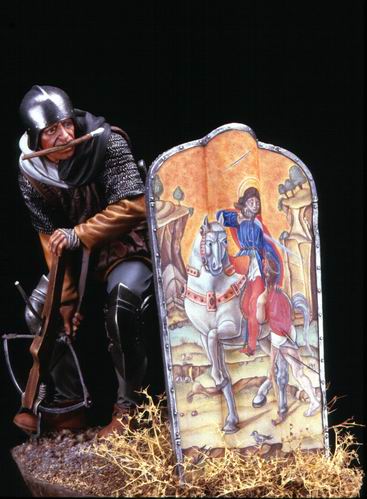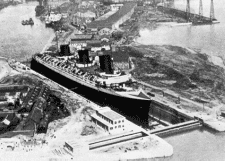|
Mantlet
A mantlet was a portable wall or shelter used for stopping projectiles in medieval warfare. It could be mounted on a wheeled carriage, and protected one or several soldiers. In the First World War a mantlet type of device was used by the French to attack barbed wire entanglements.''It Nipped Its Way Through Wire Entanglements'', Popular Science monthly, January 1919, page 30, Scanned by Google Books: https://books.google.com/books?id=HykDAAAAMBAJ&pg=PA30 Gun mantlet In military use from pre-WW2 onward, a mantlet is the thick, protective steel frontal shield, usually able to elevate and depress, which houses the main gun on an armoured tank, examples being Tiger Tank, Sherman Tank and Churchill Tank. Gallery File:Mantelets.defensifs 34.png, A wicker U-shaped mantlet on wheels. Wicker was a popular material for siege defences as it was lightweight, effective and easy to construct. The wheels add further mobility which meant that the user could move forward slowly but surely ... [...More Info...] [...Related Items...] OR: [Wikipedia] [Google] [Baidu] |
Sherman Tank
} The M4 Sherman, officially Medium Tank, M4, was the most widely used medium tank by the United States and Western Allies in World War II. The M4 Sherman proved to be reliable, relatively cheap to produce, and available in great numbers. It was also the basis of several other armored fighting vehicles including self-propelled artillery, tank destroyers, and armored recovery vehicles. Tens of thousands were distributed through the Lend-Lease program to the British Commonwealth and Soviet Union. The tank was named by the British after the American Civil War General William Tecumseh Sherman. The M4 Sherman evolved from the M3 Medium Tank, which for speed of development had its main armament in a side sponson mount. The M4 retained much of the previous mechanical design, but moved the main 75 mm gun into a fully traversing central turret. One feature, a one-axis gyrostabilizer, was not precise enough to allow firing when moving but did help keep the gun aimed in roughly ... [...More Info...] [...Related Items...] OR: [Wikipedia] [Google] [Baidu] |
Churchill Tank
The Tank, Infantry, Mk IV (A22) Churchill was a British infantry tank used in the Second World War, best known for its heavy armour, large longitudinal chassis with all-around tracks with multiple bogies, its ability to climb steep slopes, and its use as the basis of many specialist vehicles. It was one of the heaviest Allied tanks of the war. The origins of the Churchill's design lay in the expectation that war in Europe might be fought in conditions similar to those of the First World War, and thus emphasised the ability to cross difficult ground. The Churchill was hurried into production in order to build up British defences against a possible German invasion. The first vehicles had flaws that had to be overcome before the Churchill was accepted for wide use. After several Marks (versions) had been built, a better-armoured specification, the Mark VII, entered service with the British Army. The improved versions performed well in the later stages of the war. The Churchi ... [...More Info...] [...Related Items...] OR: [Wikipedia] [Google] [Baidu] |
Tiger I
The Tiger I () was a German heavy tank of World War II that operated beginning in 1942 in Africa and in the Soviet Union, usually in independent heavy tank battalions. It gave the German Army its first armoured fighting vehicle that mounted the 8.8 cm KwK 36 gun (derived from the 8.8 cm Flak 36). 1,347 were built between August 1942 and August 1944. After August 1944, production of the Tiger I was phased out in favour of the Tiger II. While the Tiger I has been called an outstanding design for its time, it has also been called overengineered, using expensive materials and labour-intensive production methods. In the early period Tiger was prone to certain types of track failures and breakdowns and was in general limited in range by its high fuel consumption. It was expensive to maintain, but generally mechanically reliable. It was difficult to transport and vulnerable to immobilisation when mud, ice, and snow froze between its overlapping and interleaved ''Schacht ... [...More Info...] [...Related Items...] OR: [Wikipedia] [Google] [Baidu] |
Chemise (wall)
In medieval castles the chemise (French: "shirt") was typically a low wall encircling the keep, protecting the base of the tower. Alternative terms, more commonly used in English, are mantlet wall or apron wall.Friar, Stephen (2003). ''The Sutton Companion to Castles'', Sutton Publishing, Stroud, 2003, pp. 4, 67 & 190. In some cases, the keep could be entered only from the chemise (i.e. at the first floor level). Numerous examples exist of highly varied form, including the heavily fortified chemise of Château de Vincennes, or the more modest example at Provins, both in France. Some chemises are suggested to have been developed from earlier motte and bailey defences, though they may not usually be referred to as chemise. In later fortification, a chemise is a wall lined with a bastion A bastion or bulwark is a structure projecting outward from the curtain wall of a fortification, most commonly angular in shape and positioned at the corners of the fort. The fully developed b ... [...More Info...] [...Related Items...] OR: [Wikipedia] [Google] [Baidu] |
Projectiles
A projectile is an object that is propelled by the application of an external force and then moves freely under the influence of gravity and air resistance. Although any objects in motion through space are projectiles, they are commonly found in warfare and sports (for example, a thrown baseball, kicked football, fired bullet, shot arrow, stone released from catapult). In ballistics mathematical equations of motion are used to analyze projectile trajectories through launch, flight, and impact. Motive force Blowguns and pneumatic rifles use compressed gases, while most other guns and cannons utilize expanding gases liberated by sudden chemical reactions by propellants like smokeless powder. Light-gas guns use a combination of these mechanisms. Railguns utilize electromagnetic fields to provide a constant acceleration along the entire length of the device, greatly increasing the muzzle velocity. Some projectiles provide propulsion during flight by means of a ... [...More Info...] [...Related Items...] OR: [Wikipedia] [Google] [Baidu] |
Bridge (nautical)
The interior of the bridge of the Sikuliaq'', docked in Ketchikan, Alaska file:Wheelhouse of Leao Dos Mares.jpg, Wheelhouse on a tugboat, topped with a flying bridge The bridge, also known as the pilothouse or wheelhouse, is a room or platform of a ship from which the ship can be commanded. When a ship is under way, the bridge is manned by an officer of the watch aided usually by an able seaman acting as a lookout. During critical maneuvers the captain will be on the bridge, often supported by an officer of the watch, an able seaman on the wheel and sometimes a pilot, if required. History and etymology The compass platform of a British destroyer in the Second_World_War.html" ;"title="Battle of the Atlantic during the Second World War">Battle of the Atlantic during the Second World War with central binnacle and the voice pipes to belowdecks There are many terms for parts of a ship with functions similar to a bridge. Depending upon the design and layout of a ship, some ... [...More Info...] [...Related Items...] OR: [Wikipedia] [Google] [Baidu] |
Gabion
A gabion (from Italian ''gabbione'' meaning "big cage"; from Italian ''gabbia'' and Latin ''cavea'' meaning "cage") is a cage, cylinder or box filled with rocks, concrete, or sometimes sand and soil for use in civil engineering, road building, military applications and landscaping. For erosion control, caged riprap is used. For dams or in foundation construction, cylindrical metal structures are used. In a military context, earth- or sand-filled gabions are used to protect sappers, infantry, and artillerymen from enemy fire. Leonardo da Vinci designed a type of gabion called a ''Corbeille Leonard'' ("Leonard basket") for the foundations of the San Marco Castle in Milan. Civil engineering The most common civil engineering use of gabions was refined and patented by Gaetano Maccaferri in the late 19th century in Sacerno, Emilia Romagna and used to stabilize shorelines, stream banks or slopes against erosion. Other uses include retaining walls, noise barriers, temporary flo ... [...More Info...] [...Related Items...] OR: [Wikipedia] [Google] [Baidu] |
Pavise
A (or ) was an oblong shield used during the late 14th to early 16th centuries. Often large enough to cover the entire body, it was used by archers, crossbowmen, and other infantry soldiers. Etymology The name comes from the city of Pavia, Italy. Historical predecessors The concept of using a shield to cover an archer dates to at least the writing of Homer's ''Iliad'', where Ajax used his shield to cover his half-brother Teucer, an archer, who would "peer round" and shoot arrows. Similar large shields made of wicker were used by Achaemenid sparabara infantry. Description and history Of European origin, the pavise was large, square and convex. A smaller version for hand-to-hand combat and for wearing on the backs of men-at-arms was also made. The pavise is characterized by its prominent central ridge. The pavise was primarily used by archers and crossbowmen in the Middle Ages, particularly during sieges. It was carried by a , usually an archer, or, especially for the larger on ... [...More Info...] [...Related Items...] OR: [Wikipedia] [Google] [Baidu] |
St Nazaire Raid
The St Nazaire Raid or Operation Chariot was a British amphibious attack on the heavily defended Normandie dry dock at St Nazaire in German-occupied France during the Second World War. The operation was undertaken by the Royal Navy (RN) and British Commandos under the auspices of Combined Operations Headquarters on 28 March 1942. St Nazaire was targeted because the loss of its dry dock would force any large German warship in need of repairs, such as , sister ship of , to return to home waters by running the gauntlet of the Home Fleet of the Royal Navy and other British forces, via the English Channel or the North Sea. The obsolete destroyer , accompanied by 18 smaller craft, crossed the English Channel to the Atlantic coast of France and was rammed into the Normandie dry dock south gate. The ship had been packed with delayed-action explosives, well hidden within a steel and concrete case, that detonated later that day, putting the dock out of service until 1948. A force o ... [...More Info...] [...Related Items...] OR: [Wikipedia] [Google] [Baidu] |
World War II
World War II or the Second World War, often abbreviated as WWII or WW2, was a world war that lasted from 1939 to 1945. It involved the World War II by country, vast majority of the world's countries—including all of the great powers—forming two opposing military alliances: the Allies of World War II, Allies and the Axis powers. World War II was a total war that directly involved more than 100 million Military personnel, personnel from more than 30 countries. The major participants in the war threw their entire economic, industrial, and scientific capabilities behind the war effort, blurring the distinction between civilian and military resources. Air warfare of World War II, Aircraft played a major role in the conflict, enabling the strategic bombing of population centres and deploying the Atomic bombings of Hiroshima and Nagasaki, only two nuclear weapons ever used in war. World War II was by far the List of wars by death toll, deadliest conflict in hu ... [...More Info...] [...Related Items...] OR: [Wikipedia] [Google] [Baidu] |
Battle Of Tsushima
The Battle of Tsushima (Japanese:対馬沖海戦, Tsushimaoki''-Kaisen'', russian: Цусимское сражение, ''Tsusimskoye srazheniye''), also known as the Battle of Tsushima Strait and the Naval Battle of Sea of Japan (Japanese: 日本海海戦, Nihonkai''-Kaisen'') in Japan, was a List of battles of the Russo-Japanese War, major naval battle fought between Russia and Japan during the Russo-Japanese War. It was naval history's first, and so far the last, decisive sea battle fought by modern steel battleship fleets and the first naval battle in which wireless telegraphy (radio) played a critically important role. It has been characterized as the "dying echo of the old era – for the last time in the history of naval warfare, Ship of the line, ships of the line of a beaten fleet surrendered on the high seas". It was fought on 27–28 May 1905 (14–15 May in the Julian calendar then in use in Russia) in the Tsushima Strait located between Korea and southern Japan ... [...More Info...] [...Related Items...] OR: [Wikipedia] [Google] [Baidu] |
World War I
World War I (28 July 1914 11 November 1918), often abbreviated as WWI, was List of wars and anthropogenic disasters by death toll, one of the deadliest global conflicts in history. Belligerents included much of Europe, the Russian Empire, the United States, and the Ottoman Empire, with fighting occurring throughout Europe, the Middle East, Africa, the Pacific Ocean, Pacific, and parts of Asia. An estimated 9 million soldiers were killed in combat, plus another 23 million wounded, while 5 million civilians died as a result of military action, hunger, and disease. Millions more died in Genocides in history (World War I through World War II), genocides within the Ottoman Empire and in the Spanish flu, 1918 influenza pandemic, which was exacerbated by the movement of combatants during the war. Prior to 1914, the European great powers were divided between the Triple Entente (comprising French Third Republic, France, Russia, and British Empire, Britain) and the Triple A ... [...More Info...] [...Related Items...] OR: [Wikipedia] [Google] [Baidu] |


.jpg)





